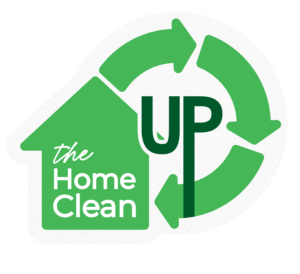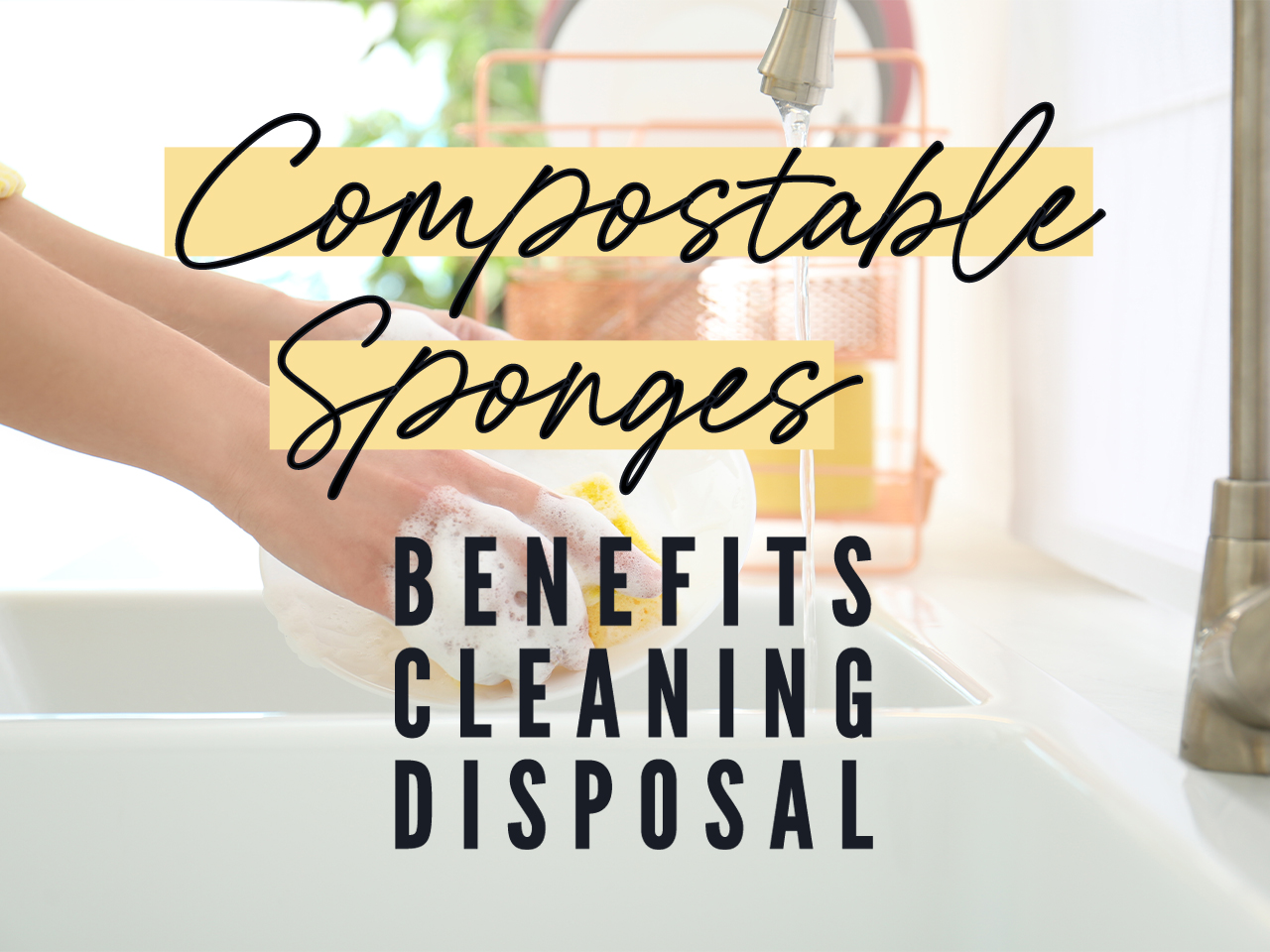Clean dishes and utensils are an important aspect of a healthy home. Since bacteria can grow on plates or utensils – whether they’re made with ceramic or stainless steel, washing them thoroughly will ensure that you save money on medical expenses. Plus, no one likes to eat off of a dirty plate. Now, no matter how important it is to be certain of your well-being, opting for biodegradable and environmentally-friendly cleaning materials is important. This is where compostable sponges come in. This type of kitchen tool is more than just for cleaning dishes as it’s also used to clean a variety of surfaces in the kitchen such as countertops, sinks, appliances, tiles, floors, and more. The product is also considered a great eco-friendly sponge alternative – letting you hit two birds with one stone!
Why are compostable sponges important?
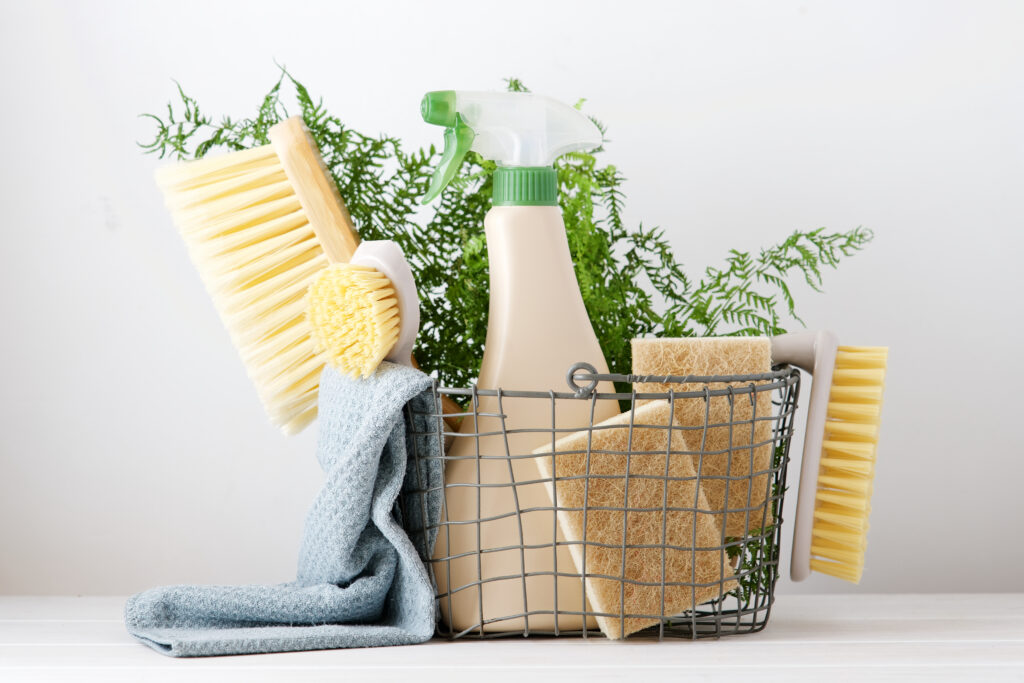
An eco-friendly kitchen sponge is a great way to maintain a sustainable lifestyle. Not only does it reduce waste, but it can also hold up to 20 times its weight in liquid, making it a highly effective cleaning tool. This type of sponge is made from natural materials like cellulose, which is derived from wood pulp, making it biodegradable and compostable.
However, not all cellulose sponges are created equal. In order to get the most out of your sponges, it is important to know how to properly use, clean, and discard them. This blog will provide an in-depth look at cellulose sponges including their uses, benefits, cleaning methods, and proper discarding techniques.
What is a compostable sponge?
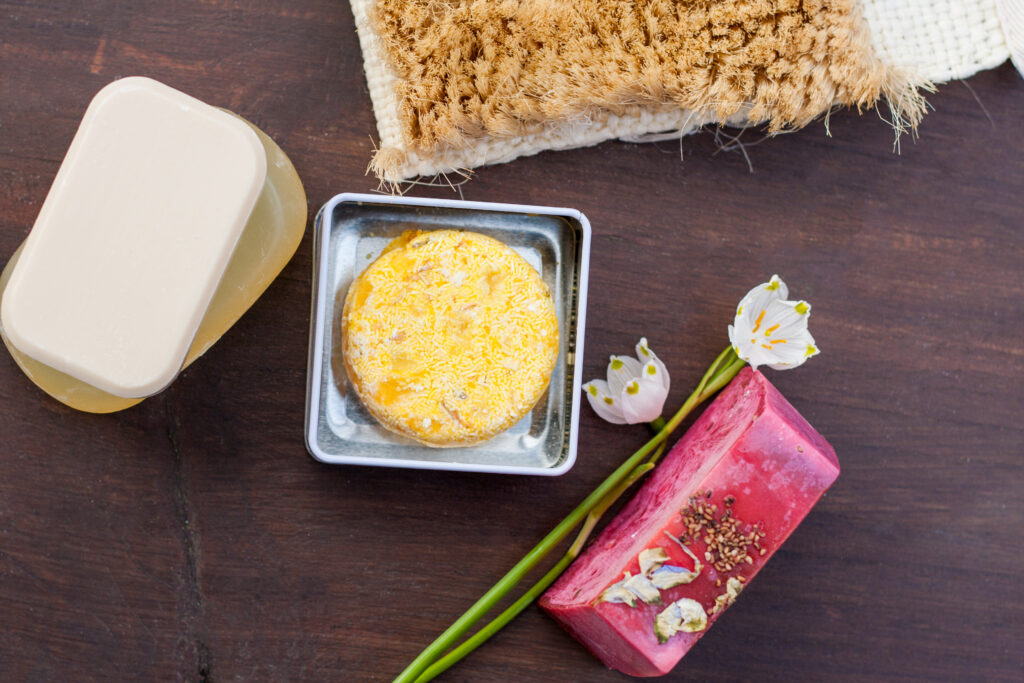
Unlike regular sponges – which are usually made from plastic or synthetic fibers, compostable dish sponges are made from natural and biodegradable materials like cellulose and plant fibers. Both of these natural products can be safely disposed of without contributing to pollution or environmental damage.
And even if there’s a slight decline in eco-conscious consumers since 2020, resulting in 44% of eco-friendly people (instead of 52%), utilizing biodegradable sponges is still becoming popular to many individuals looking for ways to do household chores without contributing to the 2 billion tons of solid waste worldwide.
More so, compostable sponges are well-known to be durable and long-lasting compared to traditional ones. They’re also a cost-effective choice to many without sacrificing functionality and quality.
What kind of sponges are compostable?

100% cellulose sponges are made from natural plant materials, making them a type of sponges that are compostable. Cellulose sponges are a great eco-friendly sponge alternative to traditional ones that can take hundreds of years to decompose in landfills. When disposed of properly, cellulose sponges can break down naturally and contribute to a healthier environment (more of this later).
Furthermore, cellulose is a commonly used material that is manufactured from extracted wood cellulose fibers, Glauber salt, and fixatives. Essentially, it is made from pure wood pulp. Other products that contain cellulose are cotton, paper, some fabrics, and even fibrous casings.
Anyone can compost cellulose sponges. In fact, composting is one of the best ways to dispose of them. Because as they break down, they release nutrients into the soil, which can help plants grow stronger and healthier.
Benefits of Using Compostable Sponges
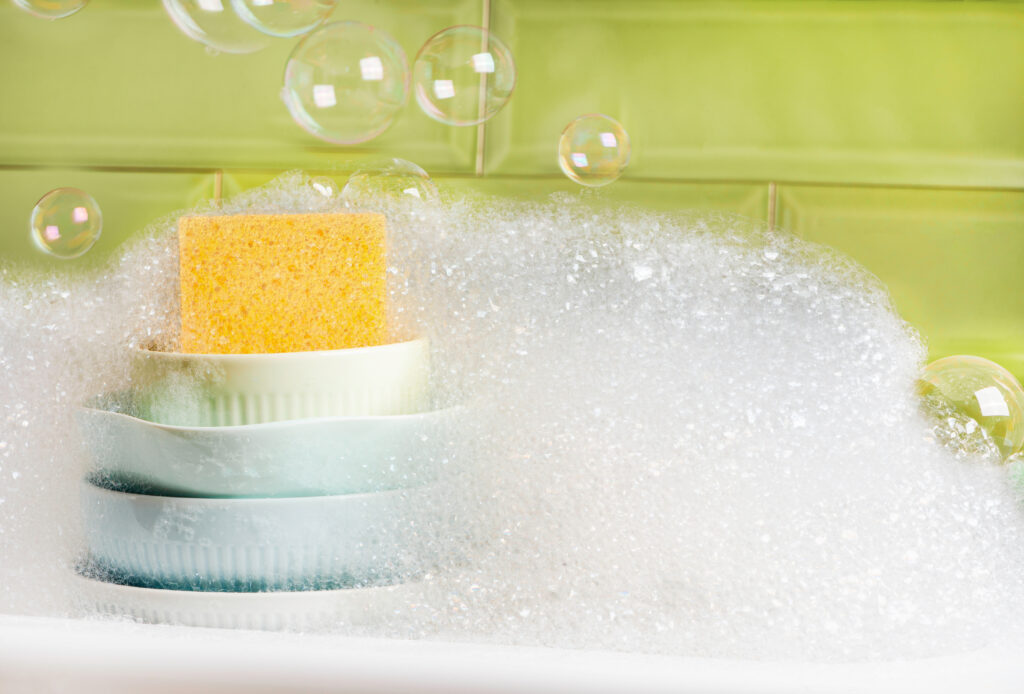
At this point, compostable sponges being a staple to day-to-day chores are undeniable. And to make the matter more interesting, here are the benefits of using compostable sponges:
- Easily removes food debris from dishes – As the best natural sponge, compostable sponges are designed with a rough texture that is perfect for scrubbing away tough bits of food that may be stuck to your dishes.
- Multi-purpose – As mentioned earlier, a compostable dish sponge can be used for cleaning many different areas in the kitchen, not just dishes.
- Enhanced absorbing feature – This biodegradable compostable sponge soaks up water and cleaning solutions much better than traditional sponges that are made with synthetic materials like plastic mesh.
- Non-toxic – Being an eco-friendly sponge alternative, compostable sponges are made from natural materials that do not contain any harmful chemicals or toxins (unlike their counterparts), making them a safe and green choice.
- Made from recycled materials – Most importantly, compostable sponges are made from recycled materials. This means it helps users reduce the amount of waste that ends up in landfills and helps to keep the planet clean and healthy.
What kind of soap can be used with a compostable sponge?
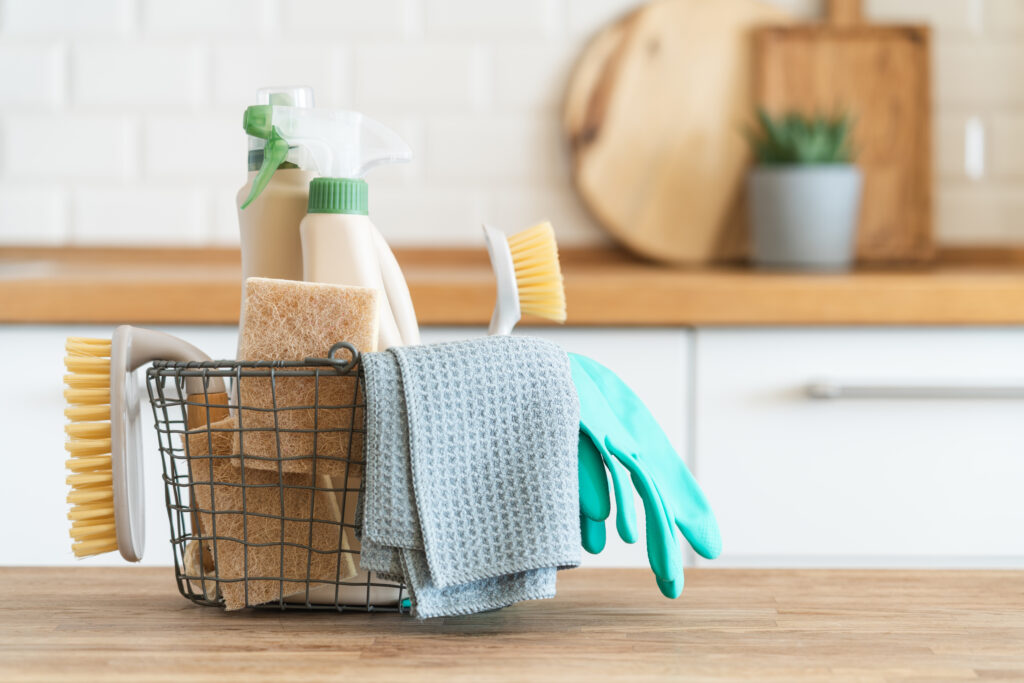
Unfortunately, certain types of soap can damage the sponge or prevent it from breaking down properly. To be safe, stick with a variety of soaps including dish soap, hand soap, and all-purpose cleaners that are made with sustainable suds or brands that prioritize being an eco-champion. We recommend using a soap that is environmentally friendly one such is Murchison Hume Dish Soap.
Just like anything else in this world, it is important to avoid using harsh chemicals or abrasive cleaners that can break down the sponge’s fibers or cause it to disintegrate quickly. It is also vital to choose a soap that is free of synthetic fragrances and substances, as these cannot just harm the environment but could also cause skin irritation.
Best Ways to Clean and Sterilize a Cellulose Sponge
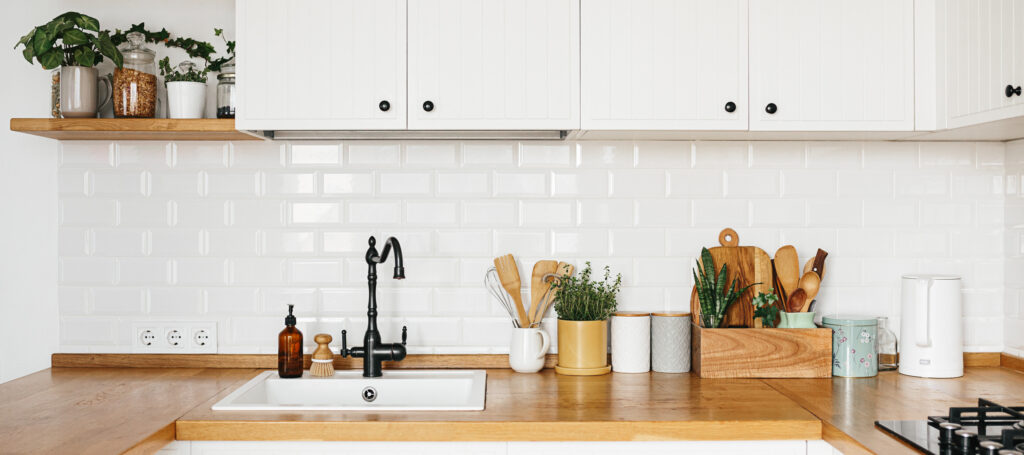
Even cleaning aids like biodegradable kitchen sponges need cleaning and sterilizing to ensure that they work as the optimum solution they are supposed to. There are so many ways to do this but the following are some of the popular and easiest methods to kill contamination in the cellulose sponge.
- Dishwasher: By putting the cellulose sponge and running it with a high heat setting on a dishwasher, users can clean and sterilize it for a safer cleaning product.
- Vinegar: Another ingredient to clean and sterilize a cellulose sponge is by using vinegar. Start by submerging the sponge in undiluted vinegar for 5 minutes and then rinsing it thoroughly to get rid of the smell. Let it air dry to complete the process.
- Boil: Boiling is a well-known method to sterilize and clean almost anything – and doing it for a cellulose sponge is no different. Start by bringing a large pot of water to full boil then add a tablespoon of dish soap. Soak the cellulose sponge for a total of 5 minutes. During the process, it’s important to flip the sponge after 2 ½ minutes.
- Bleach: Bleach is a chemical that kills the germs attached to the sponge. By mixing one-part bleach and ten parts water, users can soak the sponges for 2 ½ minutes before rinsing thoroughly and letting them air dry.
- OdoBan: This standard alcohol based commercial cleaner can be used to fully sterilize your compostable sponge. Fill large bucket or sink with warm water, add 3ounces of OdoBan per every 32ounces water. Mix thoroughly and toss sponges into the mixture and let soak for 5 mins. Let air dry!
Cellulose sponges can easily become a breeding ground for bacteria and other microorganisms, which can be very harmful to health. By doing these cleaning and sterilizing methods on a regular basis, users can guarantee that their cellulose sponges remain free of harmful bacteria.
Discarding or Composting Cellulose Sponges
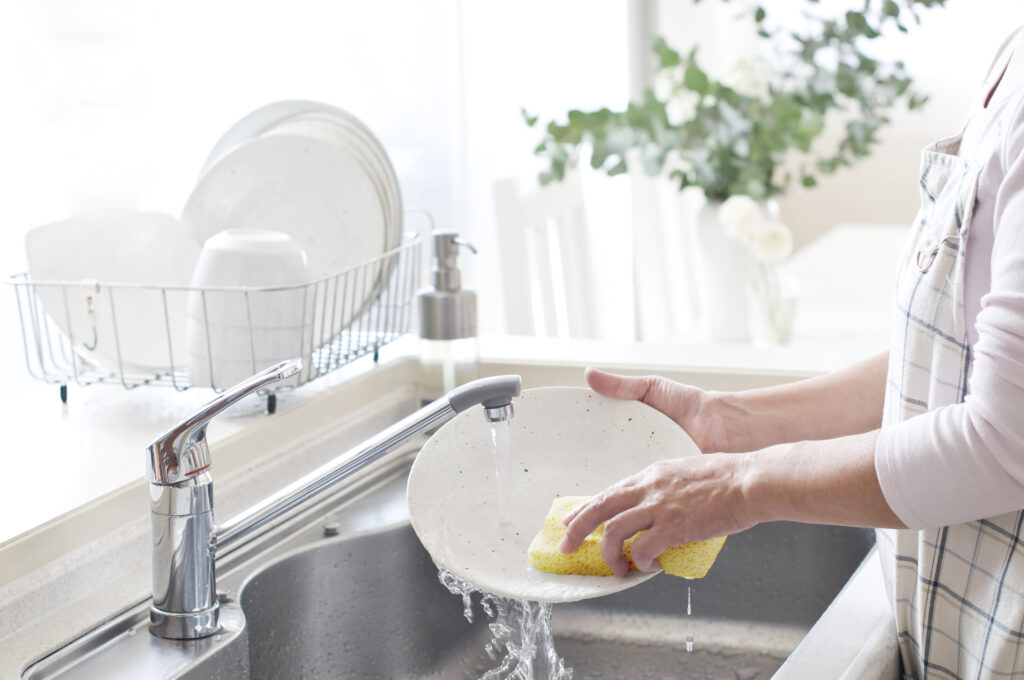
Best practices for composting a cellulose sponge
When it’s time to discard or compost cellulose sponge, it’s essential to do so properly. After all, they help individuals clean their kitchens and help the Earth breathe once these sponges are used up. Here are some ways to properly discard or compost cellulose sponges.
- Before anything else, it’s important to make sure that the compostable sponge is made of 100% cellulose. Because if the sponges are filled with polyfill additives or other non-plant-based materials, it will result in doing more harm than good.
- Cut the cellulose sponge into tiny pieces before adding it to the compost bin. Doing so will increase compost times.
- Add the sponges into the compost heap – active microbial soil is recommended, and within 12 weeks, it will decompose by itself.
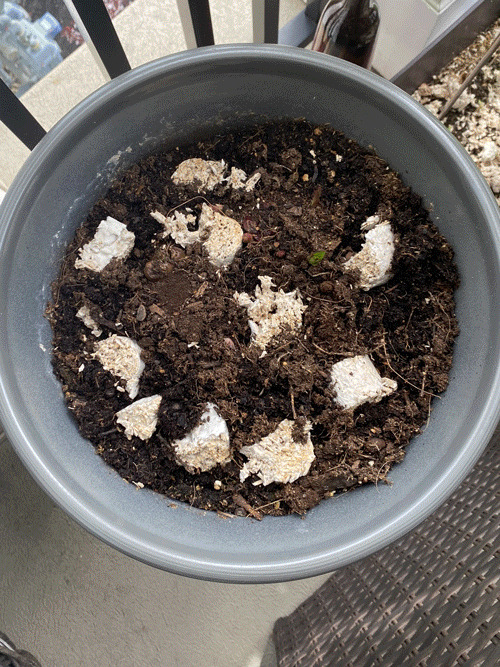
By discarding and composting cellulose sponges, individuals are not only reducing waste but also contributing to a more sustainable environment. Adding your sponges into your compost will make your garden flourish as the sponge will naturally hold water which your plants will love once added into the soil!
Frequently Asked Questions about Cellulose Sponges
How long do cellulose sponges last?
The lifespan of a cellulose sponge depends on how often it is used and how well it is maintained. On average, a cellulose sponge can last for several weeks to 6 months.
Are there any downsides to using cellulose sponges?
Some people find that cellulose sponges can be prone to developing a musty odor if not properly cared for. However, with regular cleaning and sanitizing, this can be avoided.
Can cellulose sponges be used for heavy-duty cleaning?
Cellulose sponges are ideal for general cleaning tasks but may not be suitable for heavy-duty cleaning. They are absorbent and can break down if used on abrasive surfaces or exposed to harsh chemicals. We recommend utilizing separate sponges for each area of your house to avoid cross contamination. One suggestion is utilizing different color Swedish Dish Towels (made from cellulose sponge) for different room category for smaller messes and your cellulose sponge for heavy-duty cleaning.
What sponge categories are recommended?
- Kitchen Surfaces
- Meat and egg clean up
- Floors
- Bathroom
- General Cleaning
Final Thoughts
Compostable sponges made of cellulose and other biodegradable materials are truly the best household staples that have been around for a long time and with good reason. They are versatile, durable, and affordable. This article has covered the uses, benefits, cleaning, and discarding of cellulose sponges in detail to provide you with all the information you need. Now that you have a better understanding of cellulose sponges, we hope you feel more confident in using them in your home.
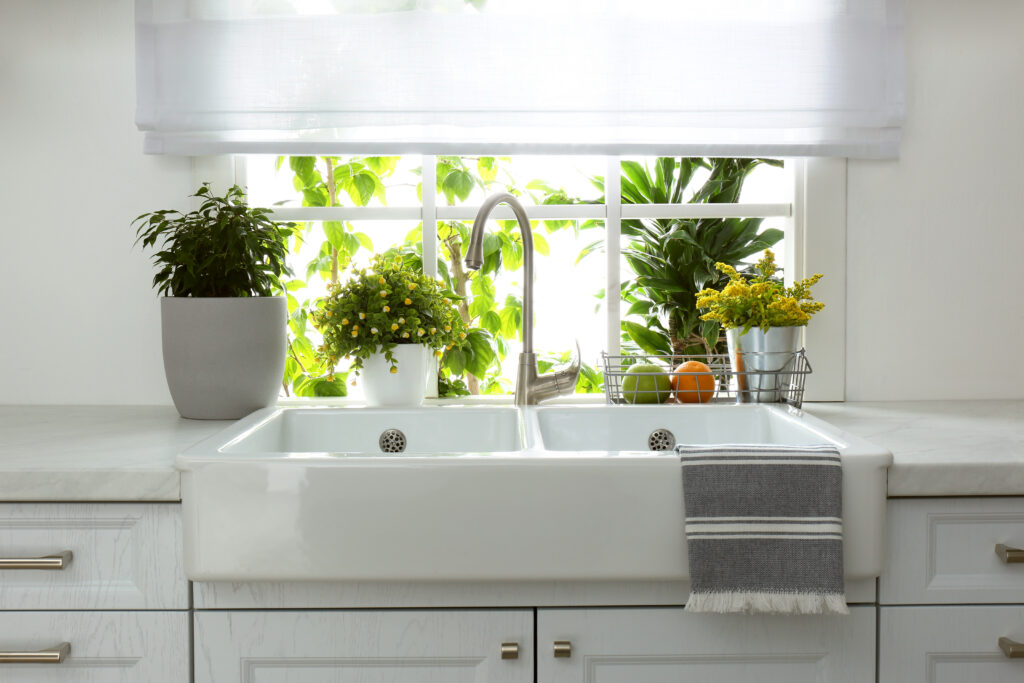
Written By
Allexandra Sanvictores
